The Best Productivity Tools and Apps
With our lives busier than ever and more people working from home, everyone from entrepreneurs to stay-at-home parents are looking for ways to be more productive and stay one step ahead of the curve. From managing hectic schedules and timesheets to optimizing your workflow and even improving your focus, here are some of the best productivity apps and project management tools for working and studying.
Get ready to spend your time working smart, not hard!
1. Asana
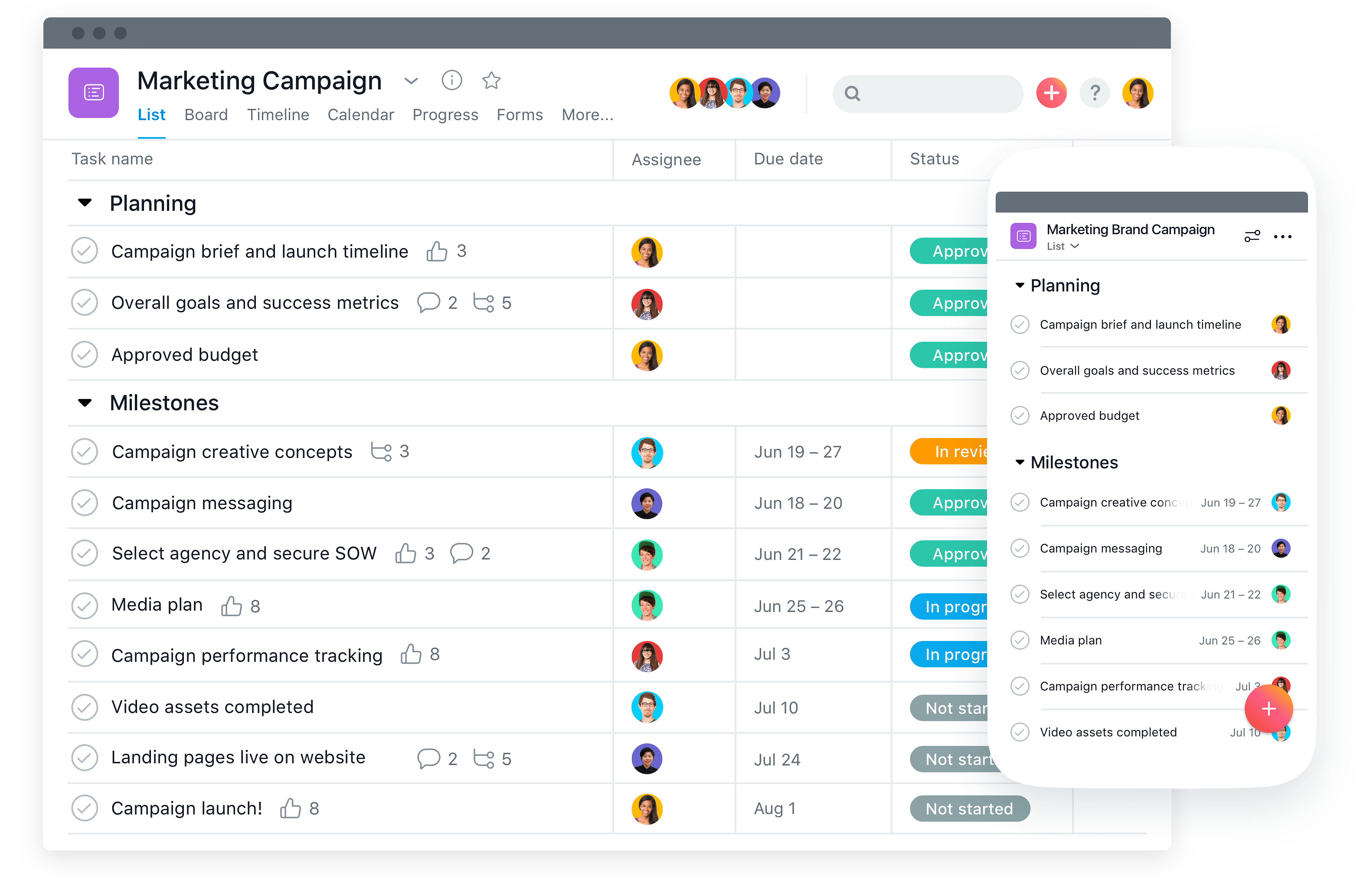 Asana is one of the most popular project management and collaboration tools in the world. This team productivity software allows employees to work more productively and stay organized through a central location for managing project workflows. You can create and assign tasks to team members, set due dates, add notes, upload files and so much more.
Asana is one of the most popular project management and collaboration tools in the world. This team productivity software allows employees to work more productively and stay organized through a central location for managing project workflows. You can create and assign tasks to team members, set due dates, add notes, upload files and so much more.
As Asana also seamlessly integrates with more than 100 productivity apps (many of which are included on this list) such as Slack, Google Drive and DropBox, it’s the perfect way to stay connected with employees and reduce the amount of time spent on time-consuming admin tasks.
2. ProofHub
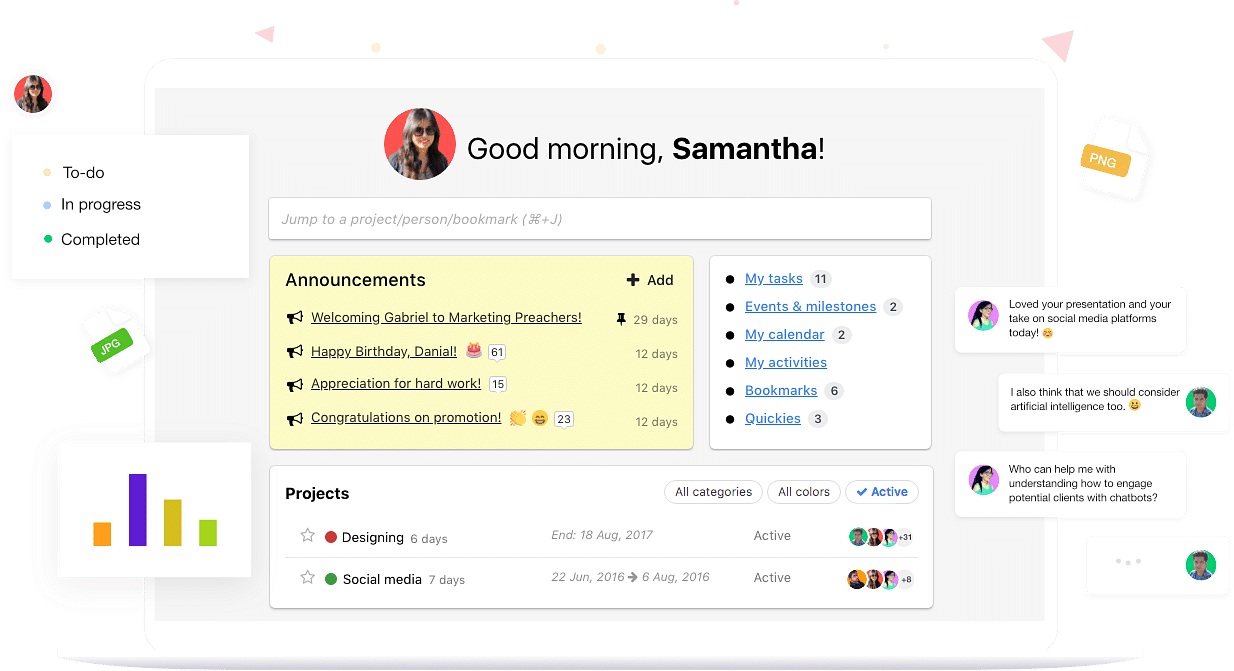 ProofHub is a cloud based project management and team collaboration tool trusted by thousands of teams across the globe to take the stress out of task management by allowing you to plan, collaborate, organize and deliver projects on time. It offers a variety of helpful features including note taking, discussion portals, online proofing, time tracking, Gantt Charts, calendars, reporting and many amazing third-party integrations with productivity software such as Google Calendar, iCal, Box, DropBox, Google Drive, Onedrive, Outlook and Freshbooks.
ProofHub is a cloud based project management and team collaboration tool trusted by thousands of teams across the globe to take the stress out of task management by allowing you to plan, collaborate, organize and deliver projects on time. It offers a variety of helpful features including note taking, discussion portals, online proofing, time tracking, Gantt Charts, calendars, reporting and many amazing third-party integrations with productivity software such as Google Calendar, iCal, Box, DropBox, Google Drive, Onedrive, Outlook and Freshbooks.
Combined with the fact that the desktop app is accompanied by a useful mobile app, ProofHub is truly an all-in-one solution—especially for companies with team members working remotely from home.
3. Slack
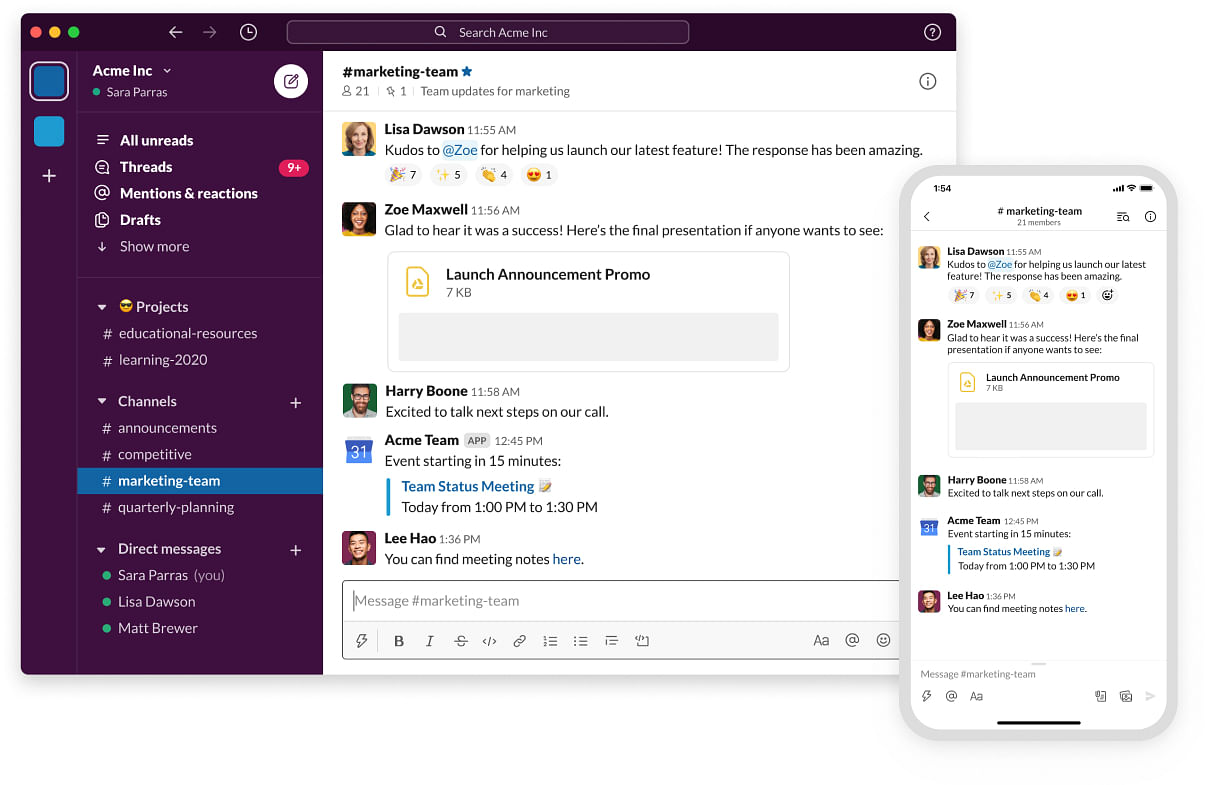 Like AOL Instant Messenger (or, for a more modern reference, Facebook Messenger) for work, Slack is an amazing messaging platform that allows both internal and remote employees to easily communicate with each other. Each Slack workspace can be carefully organized into a variety of channels for different teams, projects or ideas. You can send text, images, videos, reminders or even just share a fun dog GIF to brighten everyone’s day.
Like AOL Instant Messenger (or, for a more modern reference, Facebook Messenger) for work, Slack is an amazing messaging platform that allows both internal and remote employees to easily communicate with each other. Each Slack workspace can be carefully organized into a variety of channels for different teams, projects or ideas. You can send text, images, videos, reminders or even just share a fun dog GIF to brighten everyone’s day.
As Slack’s live real-time messaging enables you to connect with your team as if you were in the same office or conference room, it is an invaluable remote working tool for teams working from home. The Slack mobile app is also a great solution for when you’re on the go and can be used in conjunction with the desktop version for free as part of the basic Slack package.
4. Evernote
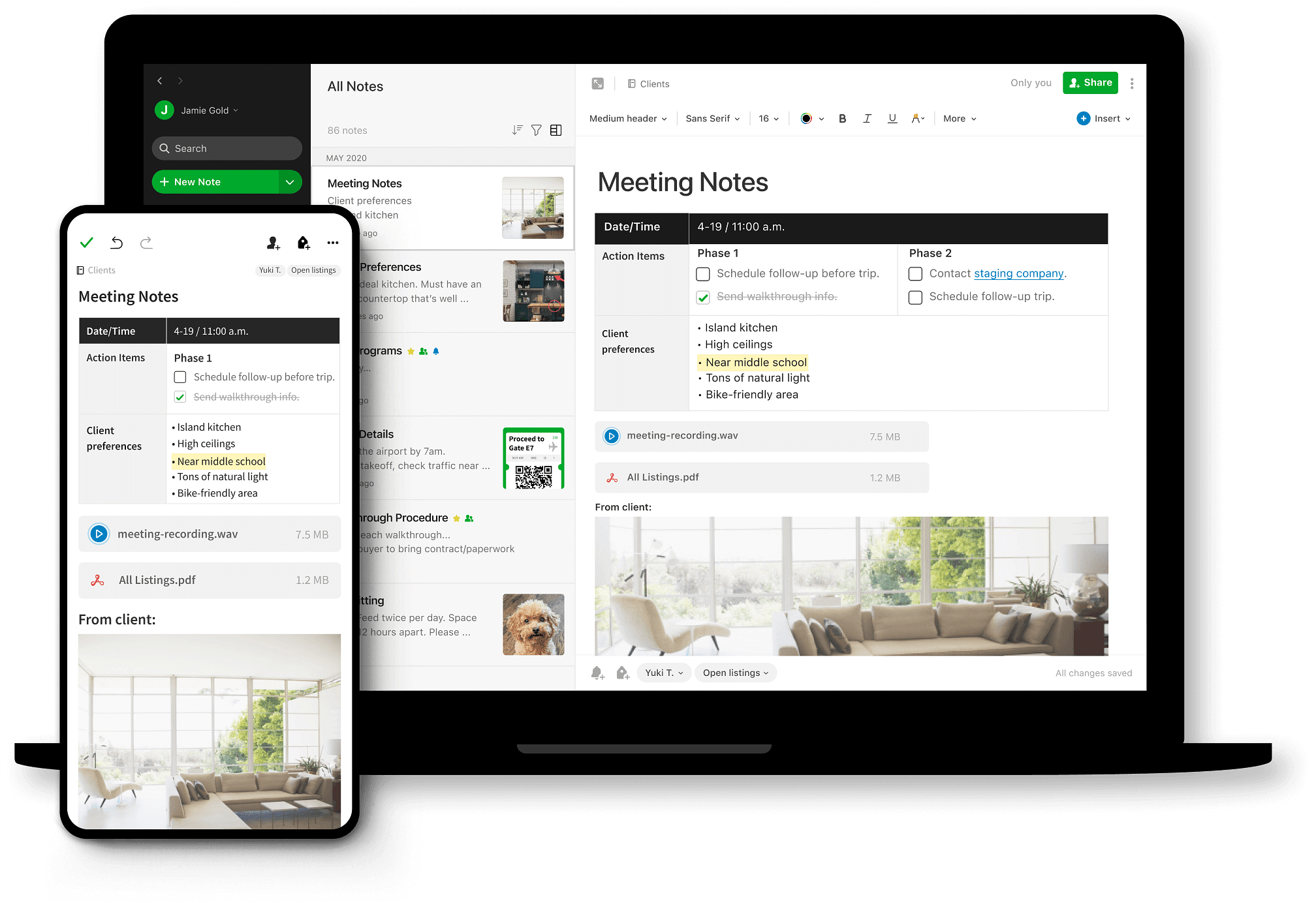 Our co-founder Andi Gladwin has helped bring 100s of projects, magic tricks and magic books to life. And, if you asked him what productivity tool helped him most along the way, without hesitation, he’d say Evernote—as well as maybe an honorable mention to Grammarly, the ai-powered writing assistant that automatically detects spelling and punctuation errors in your text.
Our co-founder Andi Gladwin has helped bring 100s of projects, magic tricks and magic books to life. And, if you asked him what productivity tool helped him most along the way, without hesitation, he’d say Evernote—as well as maybe an honorable mention to Grammarly, the ai-powered writing assistant that automatically detects spelling and punctuation errors in your text.
You’ve probably heard of Evernote, it’s been a household name for almost two decades. Like having your own personal assistant, Evernote is a dependable note-making app that enables you to capture, organize, customize and share notes and to-do lists so you can stay organized and be more productive.
As your best ideas can strike at any time, Evernote also seamlessly syncs across your computer, tablet and phone. So, if you take a note on the go, it will be there to access when you get home and can be easily found through the powerful search feature.
5. RescueTime
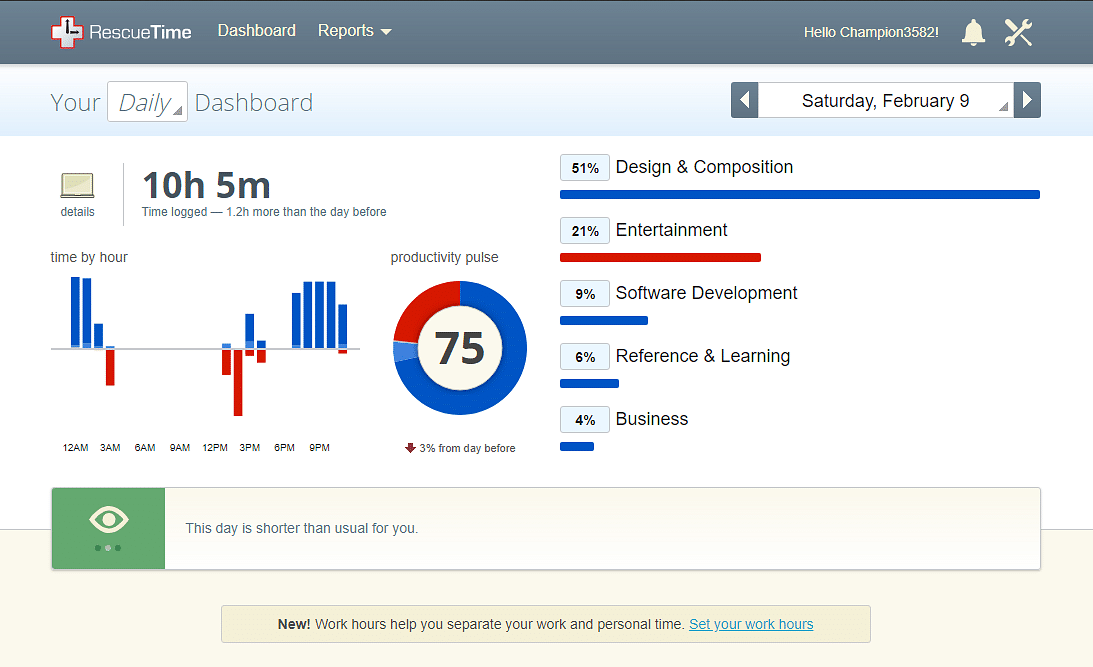 Have you ever finished the day and wondered how, despite the fact you felt busy all day, you didn’t manage to get everything you needed done? RescueTime is an automatic time-tracking software that allows you to accurately track and measure how you're spending your time online and take back control of your day.
Have you ever finished the day and wondered how, despite the fact you felt busy all day, you didn’t manage to get everything you needed done? RescueTime is an automatic time-tracking software that allows you to accurately track and measure how you're spending your time online and take back control of your day.
Running discreetly in the background of your computer or mobile device, RescueTime provides a detailed analysis of your online activity. While it may not seem like a quick trip to Instagram or answering a few emails before starting a writing assignment is that distracting, just wait until you see how much they add up throughout the day. With this information at your disposal, you’ll be able to better stay on track and produce results.
6. HootSuite
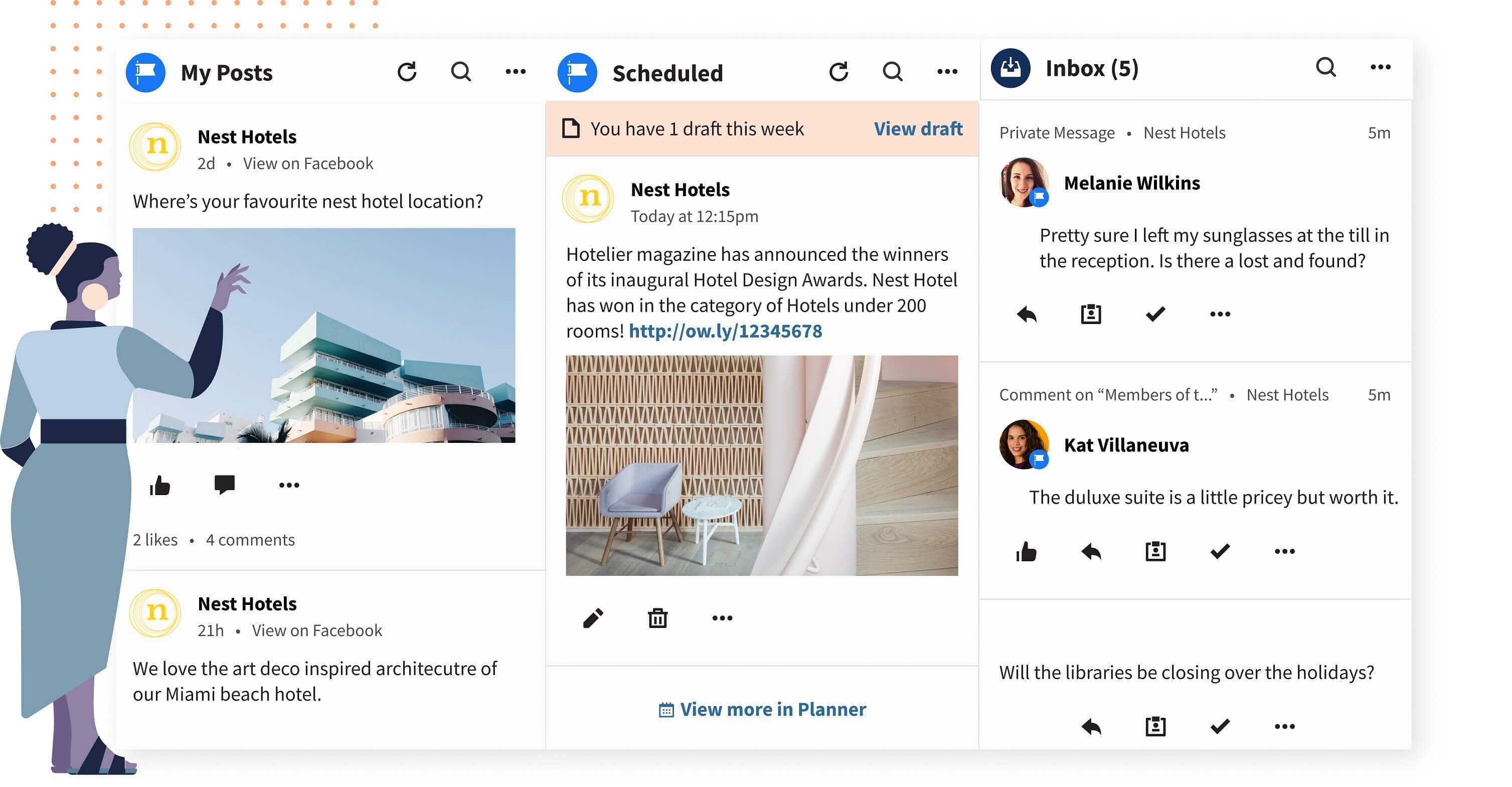
HootSuite is the ultimate project management tool for social media managers or really anyone running a social media account. With just a few clicks, you can schedule multiple posts to appear on various different social media platforms such as Facebook, Instagram and Twitter, analyze your social media outreach, manage teams and even monitor social media trends.
7. Serene
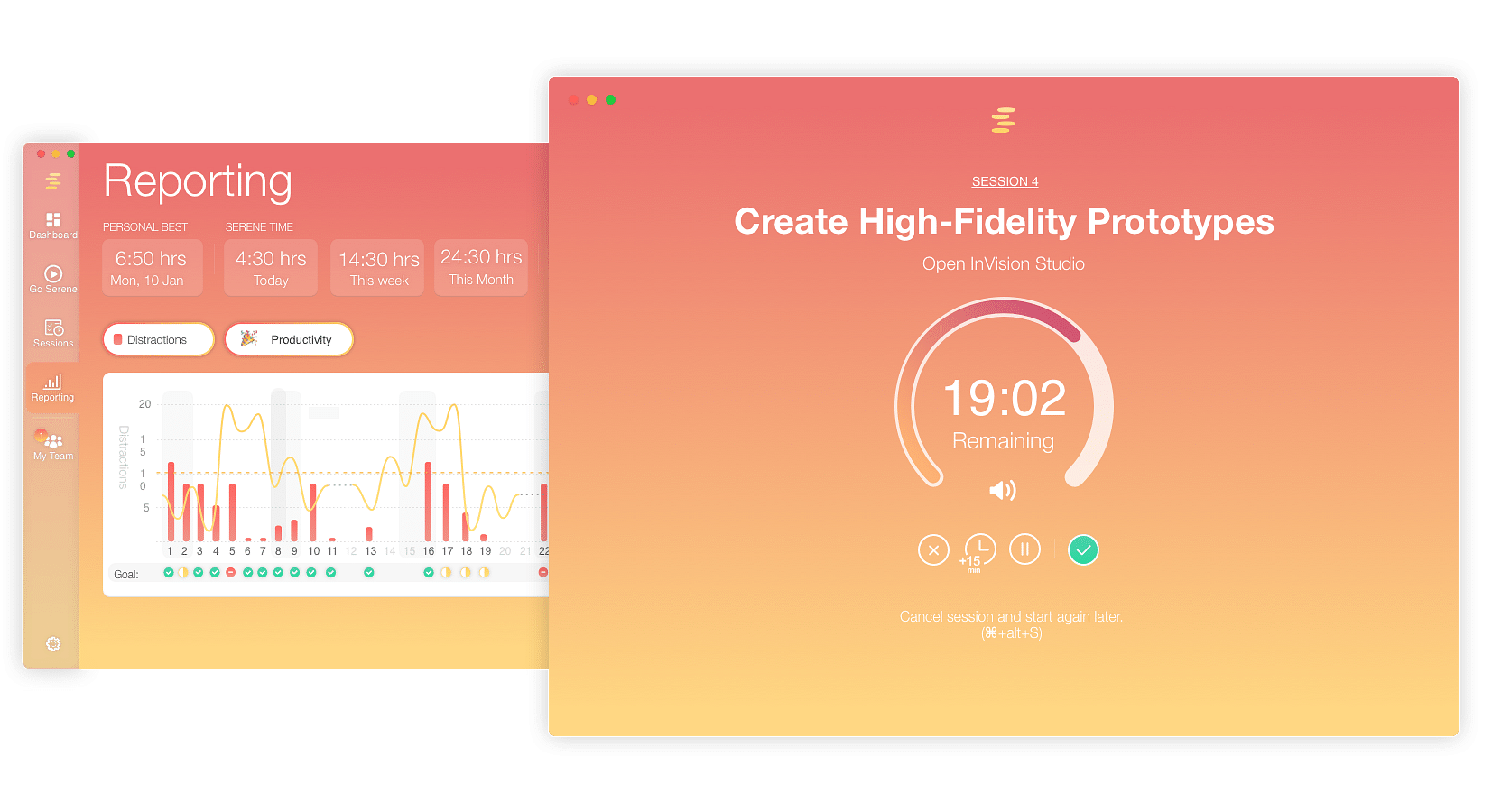 Serene is an all-in-one productivity tool available to anyone that refuses to let distractions ruin their productivity. It was exclusively designed to make deep-focus more obtainable through a proven three-prong technique that allows you to strategically organize your day, plan focus sessions and block unwanted distractions when needed.
Serene is an all-in-one productivity tool available to anyone that refuses to let distractions ruin their productivity. It was exclusively designed to make deep-focus more obtainable through a proven three-prong technique that allows you to strategically organize your day, plan focus sessions and block unwanted distractions when needed.
You can easily integrate your to-do or task list from another app like Asana, set daily routines, track your productivity and analyze your success through its useful reporting feature. There is even curated focus music designed to help you get in the zone and stay productive longer.
Serene is currently only available for macOS, but a version for Windows is coming soon. However, if you don’t want to wait, Freedom is another great website-blocking alternative.
**8. LastPass
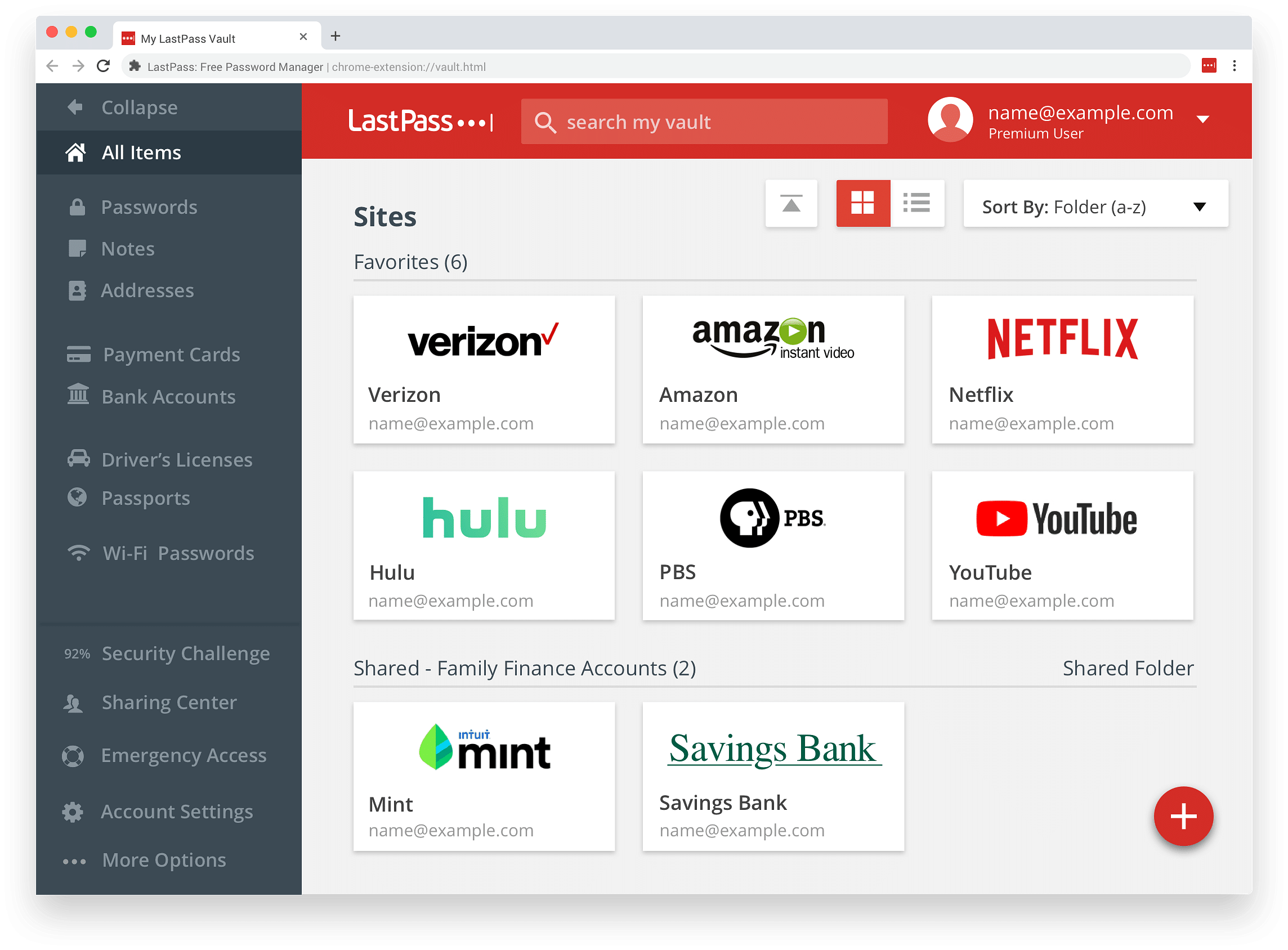 If you use any of these productivity tools, you’re going to need to create accounts and passwords. And, in the modern age, you need to protect your passwords with the same diligence as your social security number. Thankfully, LastPass is an incredible free password manager that will safely store all of your passwords in one secure location.
If you use any of these productivity tools, you’re going to need to create accounts and passwords. And, in the modern age, you need to protect your passwords with the same diligence as your social security number. Thankfully, LastPass is an incredible free password manager that will safely store all of your passwords in one secure location.
LastPass works like a special vault that encrypts and guards every password you add to it. To access this information, you’ll need to set up a master account and master password that will then be encrypted in a way that even the LastPass team can’t decode. It also offers two-factor authentication for an extra layer of security.
This means, all you need to do is remember one master account and one master password to gain access to all your passwords on either your computer or phone (via the mobile app)—saving you time that won’t be spent resetting passwords or searching for those slips of paper you swear you wrote your passwords on.
Extensions for popular browsers like Google Chrome or Apple Safari also allow you to fill in your name and password with just a click of a button (as long as you’re logged into LastPass).
9. Google Workspace
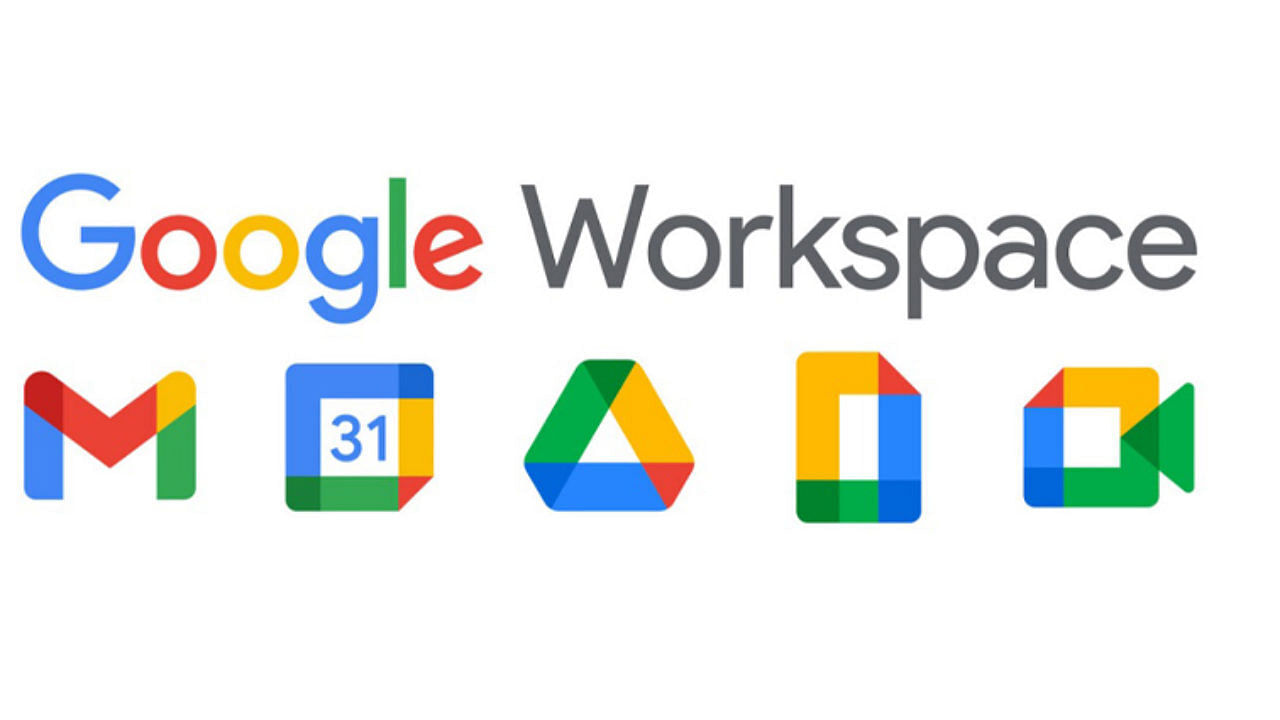 When it comes to simplicity and cost, you can’t beat the offerings of the Google Workspace (formerly known as Google Suite or G Suite). You can write documents with Google Docs, make budgets or sort data with Google Sheets, give stunning presentations with Google Slides or schedule meetings and events with just one click using the Google Calendar. Staying connected is also easy with Gmail and you can even enjoy video calling, screen shares or an online meeting with co-workers or friends using Google Hangouts or Google Meet.
When it comes to simplicity and cost, you can’t beat the offerings of the Google Workspace (formerly known as Google Suite or G Suite). You can write documents with Google Docs, make budgets or sort data with Google Sheets, give stunning presentations with Google Slides or schedule meetings and events with just one click using the Google Calendar. Staying connected is also easy with Gmail and you can even enjoy video calling, screen shares or an online meeting with co-workers or friends using Google Hangouts or Google Meet.
What makes the Google Workspace especially effective though is its collaboration features. Team members can easily share and edit documents at the same time, allowing you to get work done faster and easier. Everything from finalizing a script to putting the finishing touches on a team project or presentation can be done remotely.
The best part? All of these Google products are free to use. And, if you do need to store documents, photos or videos, you can do so via Google Drive which gives you 15gb of cloud storage for free. This is more than the average person will ever need. To put it in perspective, 15gb of storage is the equivalent of approximately 4,500 photos or a 130,000-page paper. If you do need more space though, larger cloud storage plans are available at a very affordable price.

